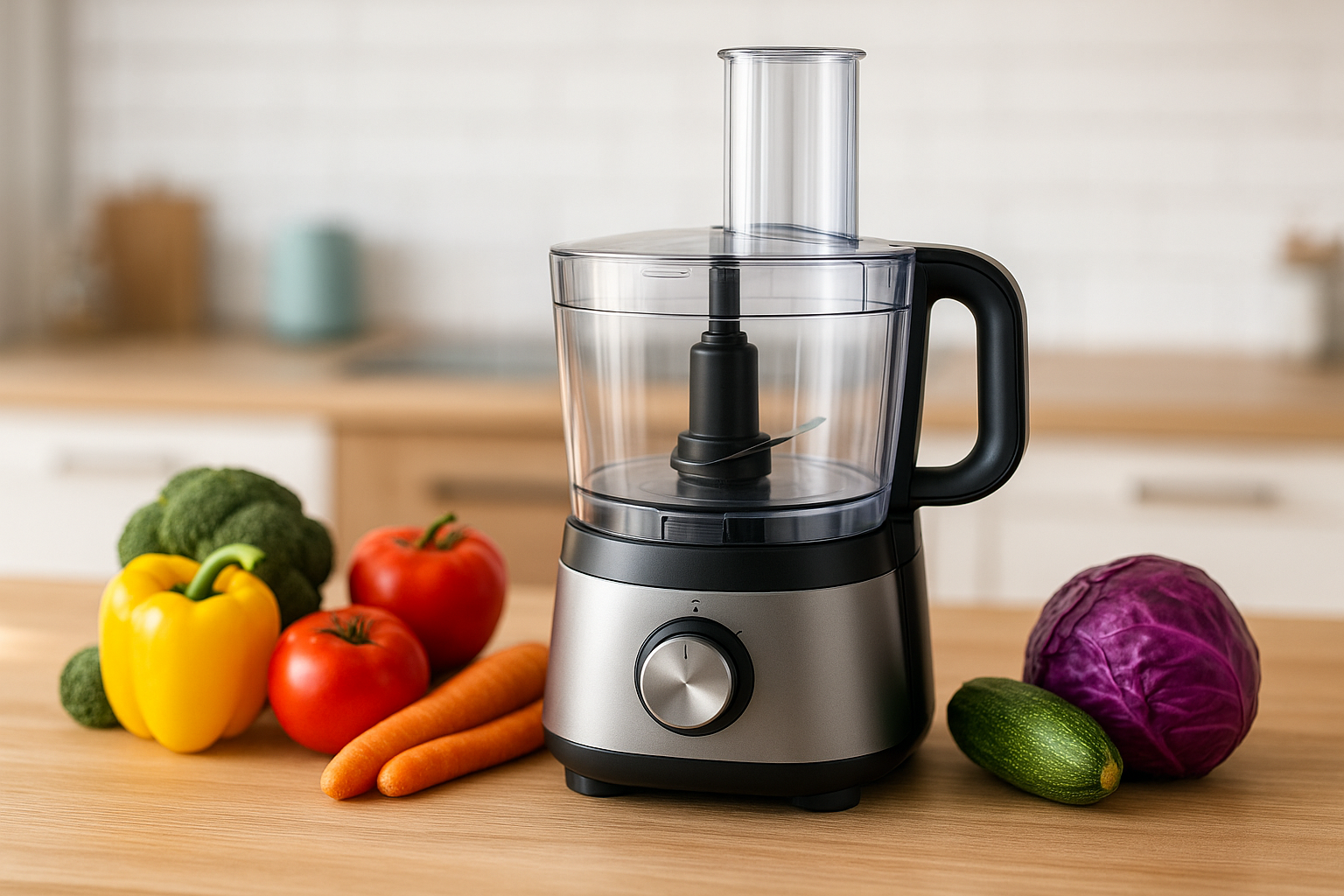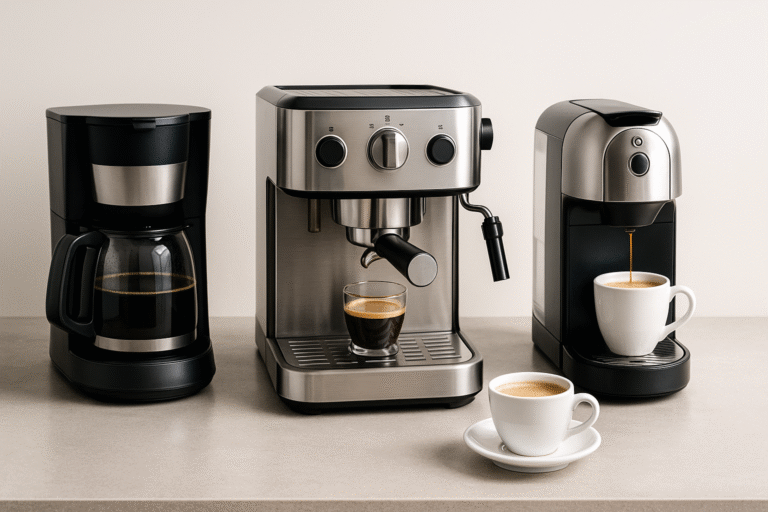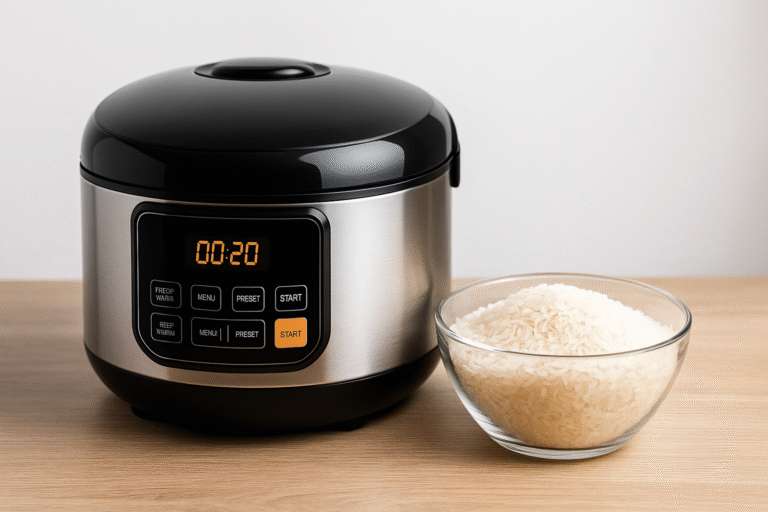Revitalized Kitchen Power: Why Investing in Verified-Quality Blenders and Food Processors Makes Sense in 2025
Daily routines often end with the expectation of a warm and nutritious meal—a gratifying moment that can quickly turn into frustration when your kitchen tools fall short.
In today’s demanding lifestyle, cooking isn’t just a domestic task—it’s part of the family’s rhythm, health goals, and limited free time. Arriving home after a long day and needing to prepare dinner in minutes is no longer exceptional; it’s the norm. In this context, small appliances like blenders, food processors, and mixers shift from being simple tools to becoming operational assets in modern households.
This daily transformation is only possible when your equipment keeps up with real demands.
When your blender can’t handle volume, your processor can’t cut cleanly, or the motor overheats with every use, cooking becomes inefficient and exhausting.
This isn’t about luxury—it’s about function, reliability, and adaptation to real-life kitchen needs.
🛠️ 1.1 When It’s Time to Upgrade What You Have
Most families begin with small, affordable appliances. But over time, things change: more meals are prepared at home, the family grows, and expectations shift. That once-reliable unit begins to slow down, overheat, or simply no longer meets daily demands.
At that point, the decision to replace becomes a matter of practicality, not indulgence. Choosing a unit with the right capacity, power, and build quality can significantly transform your efficiency and restore the joy of home cooking.
💡 1.2 A Smart Option: Performance Without Overpaying
As brand-new high-performance appliances become increasingly expensive, many households are discovering a more logical path: investing in verified-quality used or refurbished equipment.
This doesn’t mean settling for less.
It means evaluating technical quality, brand reliability, and long-term value over marketing or packaging.
🔍 2. What Really Matters: Technical Breakdown
Not all appliances are created equal. The real difference lies in what’s inside: motor power, material quality, and mechanical design.
⚡ Motor Power & Typical Use
| Appliance Type | Power Range | Typical Applications |
|---|---|---|
| Blender | < 500W | Light smoothies, soft sauces, creams |
| Blender | 500–1000W | Frozen fruit smoothies, soups, thick purees |
| Blender | > 1000W | Crushing ice, nut butters, dense mixtures |
| Food Processor | < 600W | Herbs, garlic, small veggie portions |
| Food Processor | 600–1000W | Slicing, shredding, light doughs |
| Food Processor | > 1000W | Heavy doughs, large volumes, meat grinding |
🧩 Key Components & Material Benefits
| Component | Materials / Technologies | Technical Advantages |
|---|---|---|
| Blades | Stainless steel, reversible rotation | Corrosion resistance, sharpness, uniform blending |
| Jar / Pitcher | Glass, plastic, stainless steel | Thermal resistance, hygiene, odor control |
| Coupling System | Metal vs. plastic | Longer lifespan, stronger torque transmission |
💰 3. Economic Advantage: Save Smart
- Verified-quality used appliances cost up to 70% less than new models from the same brand.
- When properly selected, they retain durability, offer nearly identical performance, and reduce replacement frequency.
- You avoid planned obsolescence, and your cost per year of use is far lower than cheap new products.
This is how smart buyers use the Total Cost of Ownership (TCO) concept: long-term savings through better equipment, not lower specs.
♻️ 4. Environmental Impact: A Circular Kitchen Model
Reusing reliable appliances directly supports a circular economy. You prevent new waste, reduce emissions from manufacturing, and extend the life cycle of technology that still works.
Eco-conscious buyers can also target models with energy-saving ratings (A+++, A-G scale), lowering both their utility bills and household carbon footprint.
Explore Amazon listings by region
As an Amazon Associate, I earn from qualifying purchases. Your support helps keep this site running.
✅ Conclusion: Strategic Cooking Starts with Smarter Tools
Choosing a verified second-hand blender or food processor is not a fallback—it’s a forward-thinking choice. You’re buying performance, durability, and technical integrity without overspending.
Whether you’re replacing your old unit or upgrading to meet growing needs, this path offers more than savings: it provides peace of mind, operational efficiency, and a sustainable step forward.


